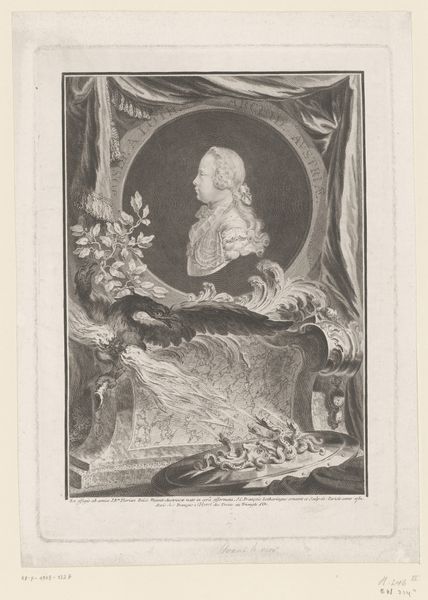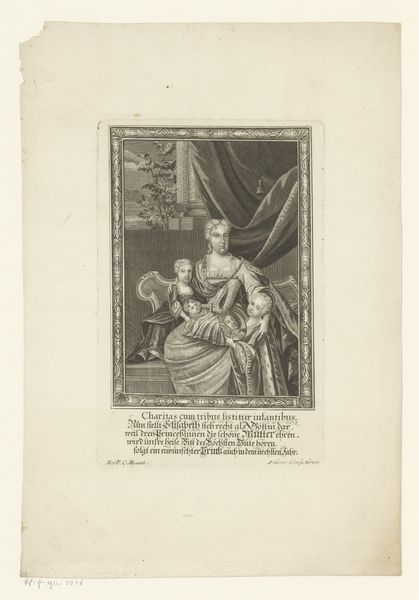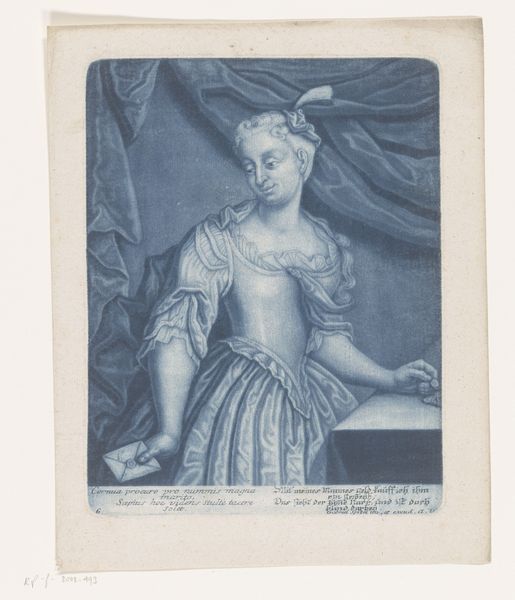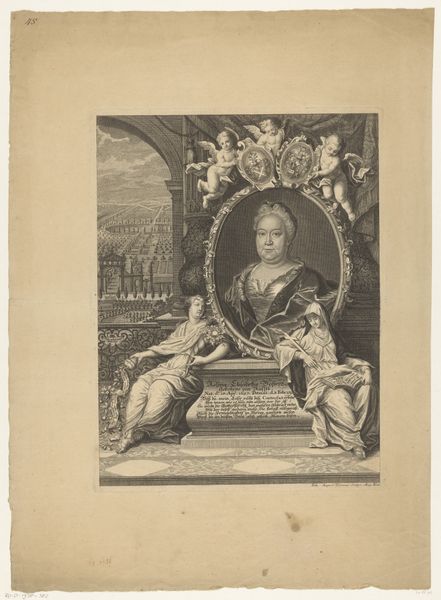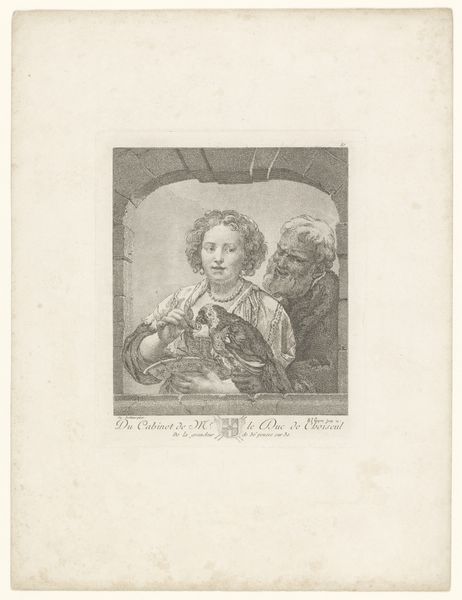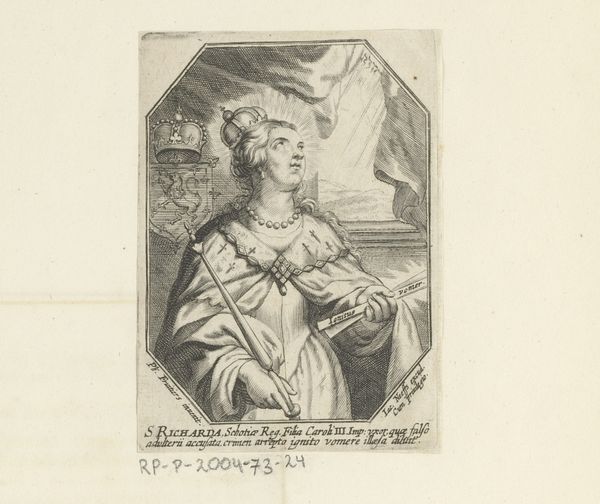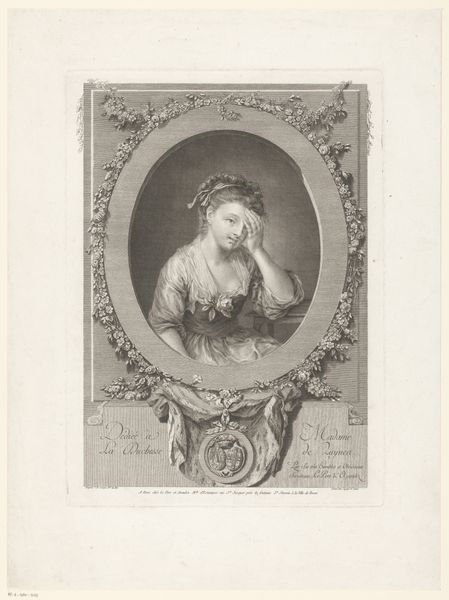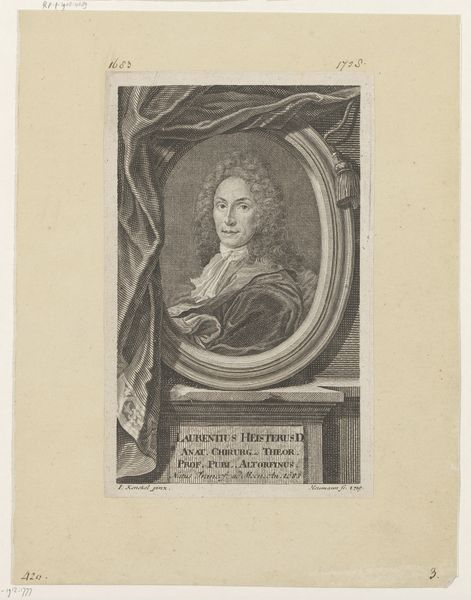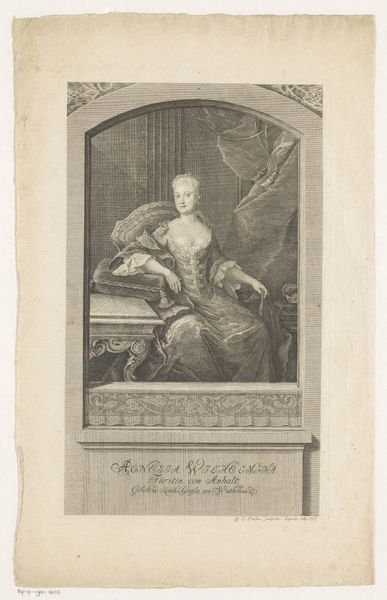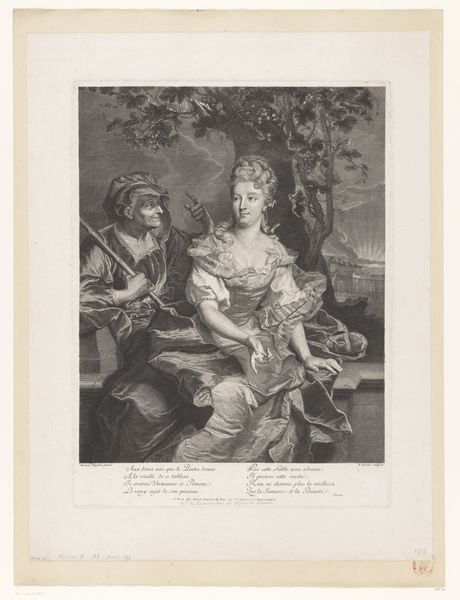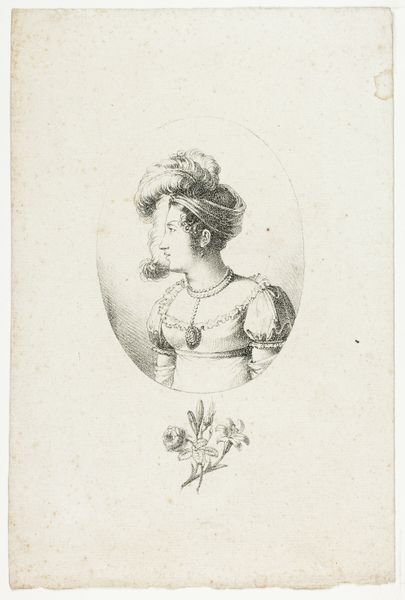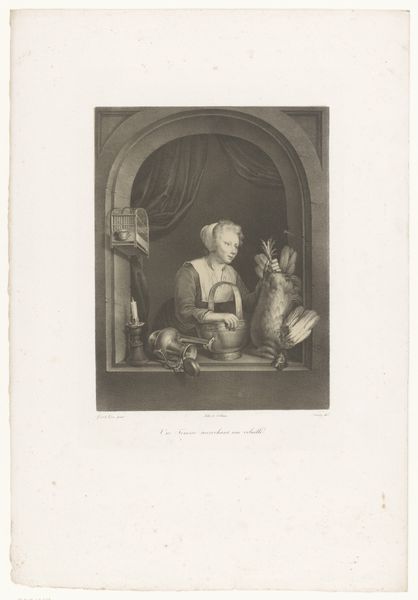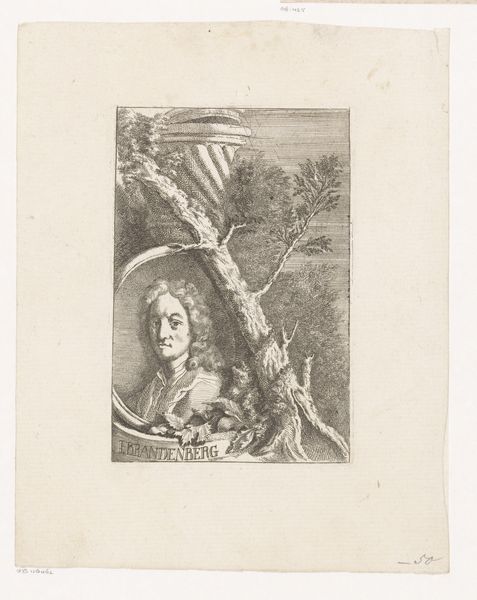
engraving
#
portrait
#
baroque
#
engraving
#
miniature
Dimensions: height 206 mm, width 175 mm
Copyright: Rijks Museum: Open Domain
Editor: This is Marc Antonio dal Re’s "Portret van wiskundige Clelia Grillo Borromeo," an engraving from somewhere between 1707 and 1766. It depicts a woman surrounded by what look like scientific tools. The overall impression is quite formal. What do you see in this piece? Curator: Beyond its aesthetic appeal as a Baroque portrait, I see a potent statement about the intellectual capacity of women during a period that largely confined them to domestic roles. The tools aren't just props; they represent Clelia Grillo Borromeo's engagement with mathematics and the sciences. Consider the inscription—doesn't it position her within a specific intellectual milieu, a challenge to the social constraints imposed upon women's scholarship? Editor: So, the objects around her aren’t just decorative, they’re actively making a statement about her identity? Curator: Precisely! The engraving uses symbolic language to assert her position in intellectual circles, pushing against the grain of societal expectations. These images function as political acts that subtly but firmly contested the gendered norms of the 18th century. Who got to pursue intellectual endeavors and why is an age old question that still echoes through time. What are your thoughts? Editor: It makes me rethink how portraits from this period were used. I often just see them as representations of status, but this highlights how they could also represent something much more radical for the time. I’d assumed that portraits showed nobility, not mathematicians. Curator: And why couldn't she be both? Thinking critically about the way artworks represent or challenge these power structures and who gets to see or have access to this work in the past and present gives this seemingly simple portrait added dimensions that show women participating in science despite obstacles to access. Editor: It really opens my eyes to look past the surface of an artwork. I see now how portraits like this can tell us about social movements, equity and power. Curator: Indeed. It shows us that images and representation played an active role in renegotiating the boundaries of gender, knowledge, and social possibility.
Comments
No comments
Be the first to comment and join the conversation on the ultimate creative platform.
